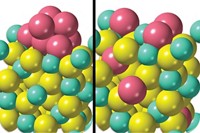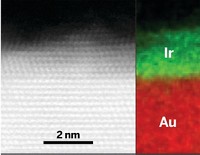Advertisement
Grab your lab coat. Let's get started
Welcome!
Welcome!
Create an account below to get 6 C&EN articles per month, receive newsletters and more - all free.
It seems this is your first time logging in online. Please enter the following information to continue.
As an ACS member you automatically get access to this site. All we need is few more details to create your reading experience.
Not you? Sign in with a different account.
Not you? Sign in with a different account.
ERROR 1
ERROR 1
ERROR 2
ERROR 2
ERROR 2
ERROR 2
ERROR 2
Password and Confirm password must match.
If you have an ACS member number, please enter it here so we can link this account to your membership. (optional)
ERROR 2
ACS values your privacy. By submitting your information, you are gaining access to C&EN and subscribing to our weekly newsletter. We use the information you provide to make your reading experience better, and we will never sell your data to third party members.
Biological Chemistry
Toyota Claims Fuel-Cell Breakthrough
by Melody M. Bomgardner
May 25, 2015
| A version of this story appeared in
Volume 93, Issue 21

Toyota’s Mirai sedan, a hydrogen-fuel-cell car being introduced this year, depends on a platinum catalyst. During the cell’s operating life, the platinum catalyst nanoparticles grow in size, decreasing their activity. A new observation method developed by Toyota and the Japan Fine Ceramics Center enables researchers to determine the causes of this particle “coarsening” and may help find ways to prevent it from happening. The method involves applying voltage to a sample of the particles and their environment mounted in a transmission electron microscope.





Join the conversation
Contact the reporter
Submit a Letter to the Editor for publication
Engage with us on Twitter